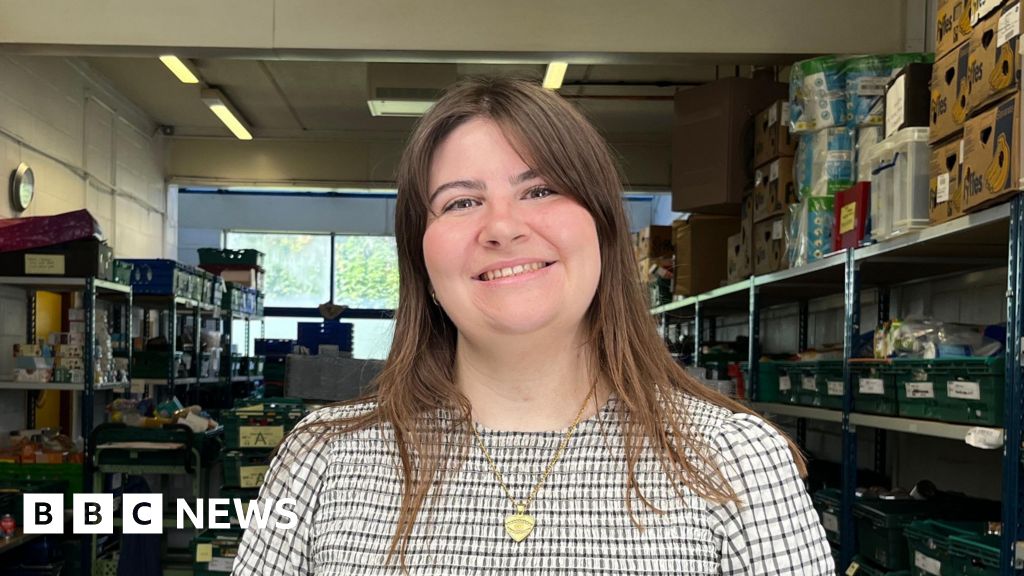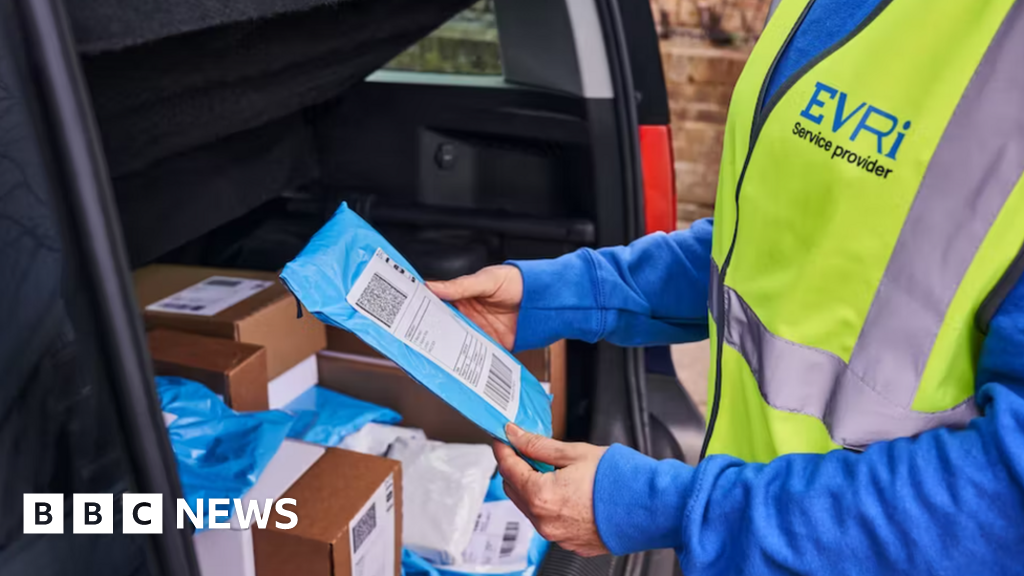ARTICLE AD BOX
 Image source, Getty Images
Image source, Getty Images
Zoe now has one of the "blue ticks" that Elon Musk introduced for subscribers of X
By Zoe Kleinman
Technology editor
OK, it's time to confess - I have subscribed to Elon Musk's social network X (formerly Twitter).
"Why are you giving money to the world's richest man?" shouted my friend.
Admittedly, she had a point, but I did it for two reasons. Firstly, because I was aware of a few fake profiles of me floating around, and subscribing offers verification of sorts.
And secondly, because I wanted access to X's AI chatbot, Grok, and this was the simplest way to get it. I paid for it myself - it wasn't a BBC expense.
The reputation of subscribers is so mixed on X that there is an option to hide the "blue tick" that appears by your name once you subscribe.
There's a profound sense of distaste among some established users about "buying your way in" - gaining extra visibility and profile by paying for it, rather than getting it on merit by posting good content.
I didn't really expect much to change in terms of my own experience of using the platform. But there are improvements.
The obvious perks are being able to write longer posts and edit them - and I've appreciated the reduction in ads. On the other hand, now I'm paying for the service with cold hard cash, I get even more annoyed about the spam and the bots which blight it.
Image source, Getty Images
Image caption,If you don't pay for social media, then the providers make their money from advertising
Johnny Ryan, a former advertising executive who now challenges the industry as a senior fellow at the Irish Council for Civil Liberties, says that in some ways advertisers are easier pay lords to please than subscribers.
"The advertiser in general doesn't give a damn about what the content is," he says. "Every now and then there's a scandal, but in general they're not that political."
There is an old adage "if you're not paying for the product, you ARE the product" - meaning, if you are using something for free, then the company which owns it is taking the data you put on it and charging firms to advertise at you instead.
It's an established and lucrative business model. "Data is the new oil!" was a bold catchphrase I heard a lot in the tech industry, a few years ago.
But perhaps that oil well is running a little low on reserves, because tech firms are increasingly looking at subscriptions as an alternative offer.
Six months ago, Meta introduced an ad-free subscription model for Facebook and Instagram in Europe. It is €13 ($14; £11) per month on mobile devices, which is about average for an online service fee. The tech giant declined to tell me how many people have signed up so far.
Now, this was ostensibly in order to conform with new EU legislation about consumer choice. However it's backfired: Meta now finds itself under investigation because the EU Commission says that the binary decision of either handing over money OR data may not be good enough.
Snapchat Plus, which includes an ad-free option that's still rolling out, hit one million subscribers within just a few weeks of its launch in June 2022. And in 2023 YouTube's premium service, which offers ad-free streaming, reached 100 million users.
"The hassle-free experience of simply being able to enjoy content, without the fear of 'when will the adverts come' is something that I need in my life," says James Hacking, founder of the media agency Socially Powerful, and a long-term YouTube subscriber.
Netflix, on the other hand, launched a cheaper subscription deal that includes ads, and Amazon Prime introduced adverts to its video platform, and now charges users (who are already subscribers) an extra fee to remove them again.
Johnny Ryan argues that this hybrid model represents the worst of both worlds. It's a "weird thing", he says, to be both seeing ads and paying a fee.
Subscriptions in general are "part of the move from a market that's new and growing into a market that is saturated," says Azeem Azhar, founder of the tech-themed subscription newsletter Exponential View. "There are no new customers to get, so you need to figure out how you add revenue to your business.
"There is a segment of internet users who are willing to pay, just as there's a segment of airline users who are willing to pay to board more quickly."
But, he cautions, social networks in particular need to tread carefully.
Image source, Azeem Azhar
Image caption,Azeem Azhar warns that if a social media site goes all subscription, then user numbers can fall
"If everyone is having to pay, you'll have far fewer people using it - so there will be less engagement, and it will therefore become less desirable," he adds. "There's a balance between needing free users to do the re-sharing and create the content, as well as the people who want to pay more for a slightly better experience."
Perhaps this is a lesson X has already learned - within days of launching its subscription model, it gave free premium account status to all accounts with more than a million followers, and more recently it widened that out to include anyone with more than 2,500 premium followers.
This comes as many news platforms have successfully navigated a move to subscription funding. There are plenty of them sitting comfortably behind paywalls. It's been particularly successful in Scandinavia - last year the Reuters Institute reported that 33% of Swedes paid for online news.
Mr Azhar has around 100,000 subscribers on Substack - a platform that connects creators with an audience. It's free to publish on, and Substack takes 10% commission on paid subscriptions, plus there's an extra 3% transaction fee for the payment system Stripe.
Image source, Getty Images
Image caption,Substack currently doesn't have any advertising
Substack claims more than three million people have subscribed to the numerous publications it hosts. Substack creators are not allowed to incorporate ads.
"You have to be consistent - you have to keep showing up - creating a habit in your readers' minds is important," says SubStack founder Hamish McKenzie of the secret to a successful account.
"They will develop a relationship with you, and then you have to hold their trust which means respecting their attention - the opposite of the ad game - you have to be honest, don't abuse their attention by snowballing them with a bunch of stuff that distracts them from their day."
Mr McKenzie thinks that one day there will be "grand rivalry" between social networks that take one overall subscription for all the content on them, and individual creator models such as Substack.
"It's a much better world when the audience is the customer rather than the product," he says.

 1 year ago
55
1 year ago
55








 English (US) ·
English (US) ·